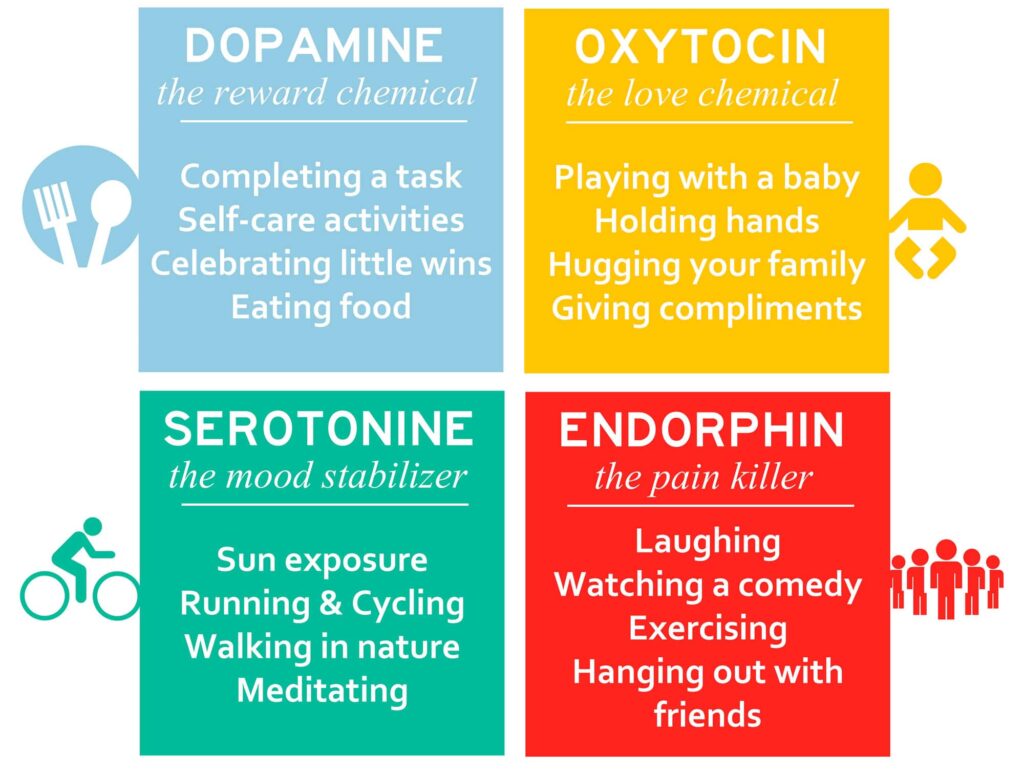(As taken from my post on one of my coaching platforms, Lingolive)
Life is hard enough as it is without pandemics and market downturns. So, why do our minds make it harder than it needs to be? The Dalai Lama once wisely said, “pain is inevitable, suffering is optional”. Today, we have neuroscience coaching to help us understand what he meant. It’s also how we can encourage transformational leadership.
What Transformational Leadership Does Well
Leaders face tough decisions and difficult days just like the rest of us. Although, the consequences they deal with are usually on a much larger scale. Of course, it’s natural to worry about those consequences. Nevertheless, unless you know a bit about neuroscience, you can become a victim to unnecessary rumination.
That’s what the Dalai Lama meant when he said that suffering is optional. Essentially, we have a choice. We can either succumb to our minds or we can create some distance from our thoughts so they don’t overwhelm us. Becoming aware of our self-talk and over-thinking can help stop the whirlwind of emotions that fuels our suffering.
Transformational leaders are adept at doing this. They have a bit more than just exceptional emotional intelligence though.
In fact, psychologist Bernard Bass identified these 4 factors:
1- Individual consideration – the best transformational leaders know how to balance the needs of each individual for the overall benefit of the group.
2- Intellectual stimulation – we all need to know that we’re both learning and contributing to feel fulfilled and too much or too little either way can drive employees away.
3- Inspirational motivation – great leaders enable people to align their inner motivations with the goals and vision of the company. They do this with their encouraging style and leadership coaching approach.
4- Idealized influence – transforming organizations is more than just being a role model leader. It’s also about navigating the paradox of forgetting oneself while leveraging one’s values and behaviors to serve the organization.
What Neuroscience Tells Us About Transformational Leadership
The mind is designed to protect and serve the individual. This makes sense from an evolutionary point of view but it tends to create tension in organizations. After all, no one wants an arrogant boss or colleague ready to bypass you at any opportunity.
Transformational leadership, on the other hand, is so powerful because it allows everyone to operate at their best, while feeling fulfilled. That’s because great leaders drive positive emotional contagion where those around them are motivated by the same vision.
Mirror Neurons
As this paper describes, mirror neurons allow us to empathize with others and to connect on a deeper level. By managing their negative emotions and stress, transformational leaders emanate positivity. This then promotes creative problem solving, decision making and general adaptability.
Positive Emotional Attractor
Moreover, neuroscience now proves that leaders need to activate a mental state called the Positive Emotional Attractor in employees if they want to inspire them. This inspirational motivation is done by offering compassion, providing a sense of purpose and building on strengths. Once activated, this then leads to increased effort, optimism and creative thinking.
The Basal Ganglia
The basal ganglia are why we don’t like change, as discussed in this paper. This group of nuclei buried deep in your brain manages your motor control and executive functions and it’s where we form habits. This is very useful because we need habits to be effective in our day to day. Imagine having to re-learn to drive your car every day?
Driving change within the Basal Ganglia
No amount of rewards or role modelling can re-wire our individual basal ganglia. Of course they help but we also need self-questioning and insights to create new links within our basal ganglia to allow personal change. One way to do this is by journaling for self-discovery with, for example, these prompts.
Transformational leaders, just like coaches, do this very well by asking people questions to enable self-discovery. Instinctively, they know that role modelling or providing rewards is only part of changing human behavior.
Each person needs to discover for themselves what values and inner beliefs drive their actions and attitudes. Again, great transformational leaders know how to align people to their own values and beliefs towards a future vision.

How Neuroscience Coaching can impact Transformational Leadership
Deep down, we know that great leaders are people focused. Nevertheless, how many leaders do you know who start their Monday morning meetings with something personal rather than detailing the goals and tasks ahead? Of course, some do the personal approach very well but others need some neuroscience coaching to get there.
Neuroscience coaches don’t exist to teach how the brain works. Instead, they use the knowledge to transform their coachees so that they, in turn, can transform others. Some are naturally interested in understanding the details behind the neuroscience but others just focus on the traits to change.
The obvious behaviours most of us now more or less understand are emotional intelligence and self-awareness. There are many other benefits of coaching in the workplace though:
1- Leveraging values and emotions – great decision making doesn’t just rely on facts and data. As neuroscientist Damasio demonstrated, we need our emotions and values to guide us otherwise we miss out on certain aspects.
Most people are sadly so far removed from their emotions that when they come up, they’re overwhelmed by them. Instead, a coach can support leaders to define, understand and process emotions to avoid knee-jerk reactions.
If you don’t know your values, have a go at this 10 minute exercise to get you started.
2- Adapting mental models – we all have assumptions and beliefs about the world and everyone in it. Many leaders come to coaches because they have difficult people in their teams. Is it really the person who’s difficult or are other factors at play, including the leader’s own biases?
Instead, transformational leaders look at the whole system without assuming causal relationships. As this study explores, many possibilities exist that can drive potential behaviors in others. Again, a coach can help leaders view the world beyond their self-interests. That way, they become more adept at manoeuvring through everyday complexities.
3- Hacking hormones to improve agility – various chemicals make up our brains and bodies. The most interesting ones for coaches and leaders are oxytocin, serotonin, endorphins and dopamine. As this article summarizes, boosting those hormones improves our moods, motivates us towards goals and even reduces our anxiety and hence, reactivity.
This diagram nicely shows you all the things that coaches can encourage but that you can also do at home to give yourself a natural boost:

How Are You Going to Apply These Neuroscience Coaching Insights?
Whether you’re seeking to drive transformational leadership or simply trying to navigate your way through life, you can try any of the above tips. For example, test out some natural hormone boosters, discover your values, journal for self-discovery or even find a coach.
You’ll never look back as you leverage neuroscience coaching to take control back from your mind. Finally, you’ll live each day to its full, wonderfully content with navigating the inevitable ups and downs. Besides, your teams will appreciate you more for it.

